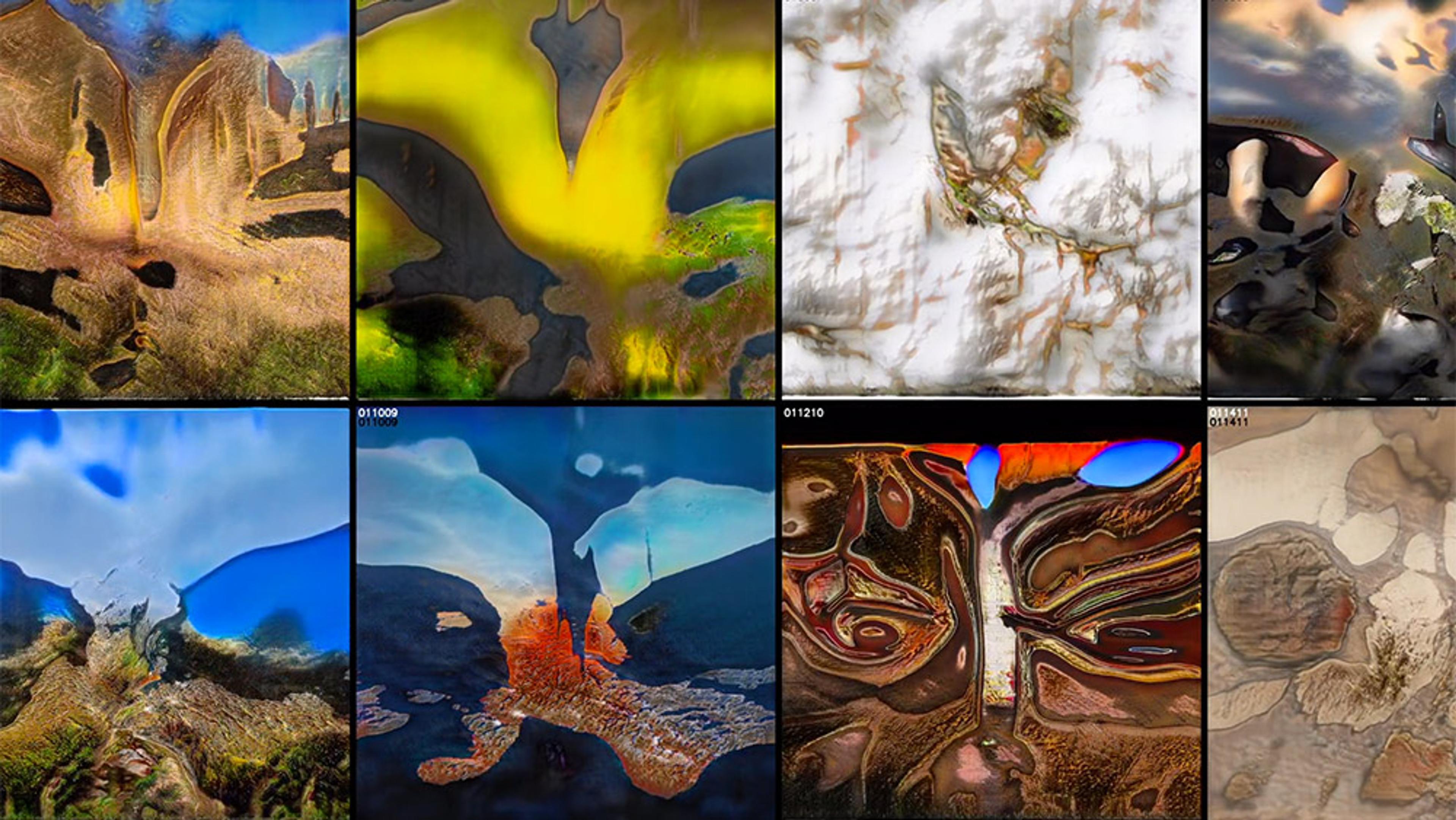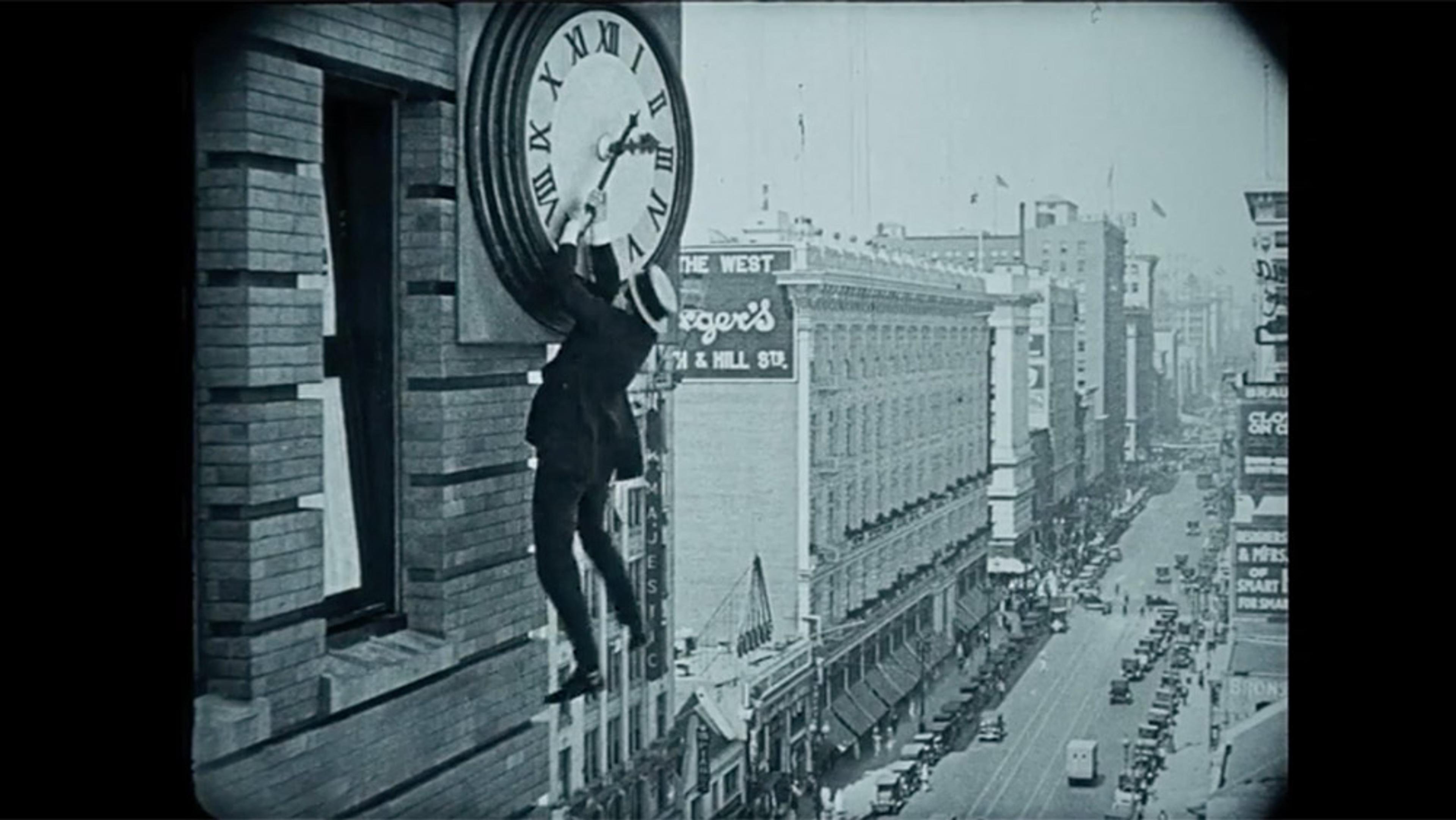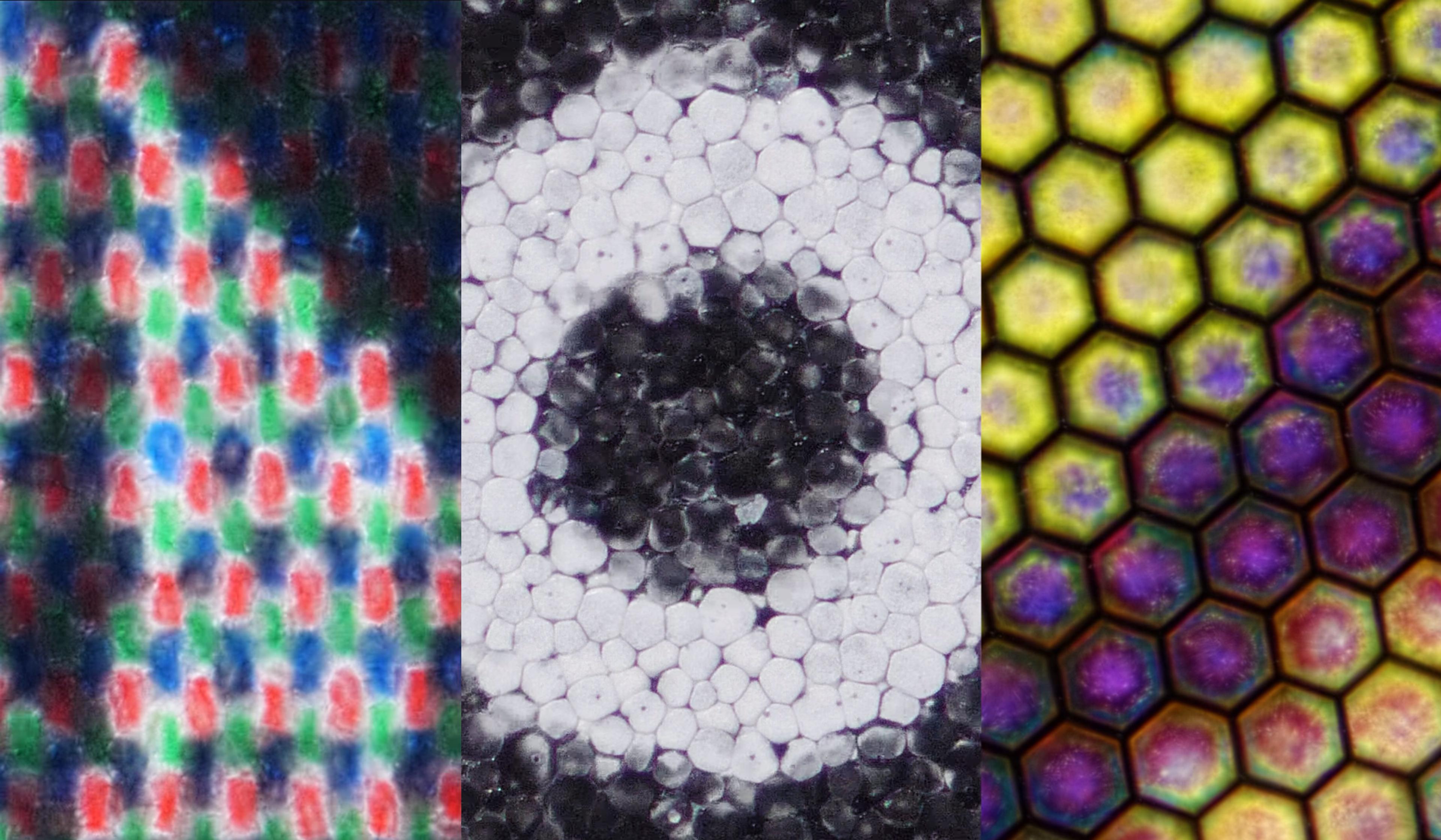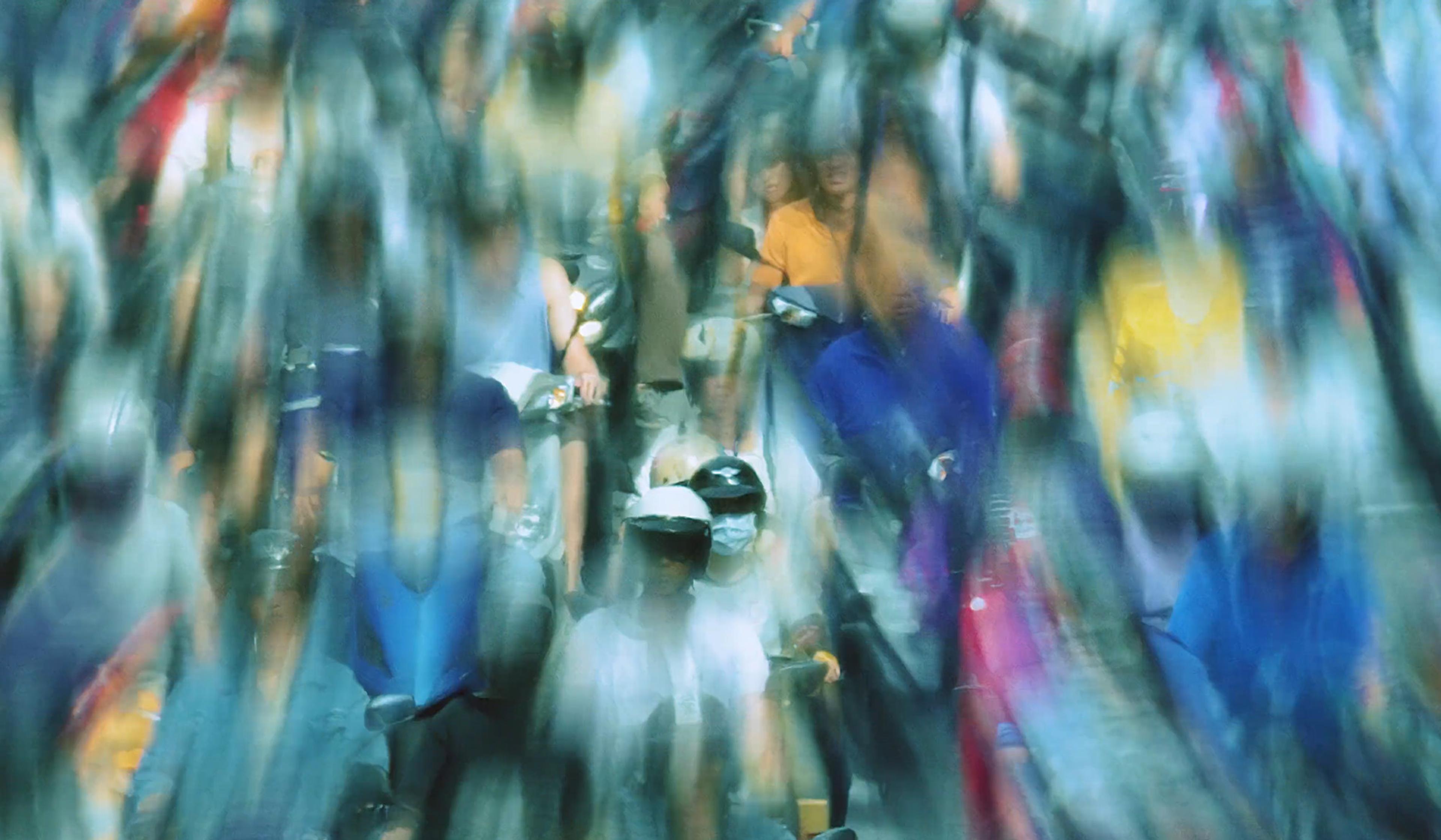Have you ever experienced an artwork that, in the moment, made only a minor impression, but days, months or even years later reverberated in a powerful way? In this video essay, Cormac Donnelly, a senior lecturer in film at Liverpool John Moores University in the UK, recalls having such an experience with a scene from the Steven Spielberg film Minority Report (2002), in which the protagonist revisits a hologram of his deceased son. Conceived in response to a ‘prompt text’ by the media scholar Ariel Avissar, Donnelly’s curious construction weaves together scenes from Minority Report, a review of the film he wrote as a younger man, philosophy lectures, fragments of Avissar’s words and Donnelly’s own material archive of the film. At once intricate and moving, the piece forms a provocative meditation on art as ceaseless interaction, and how our memory so often feels beyond our control – or even our understanding.
Donnelly created the video essay for [in]Transition, ‘the first peer-reviewed academic journal of videographic film and moving image studies’.








